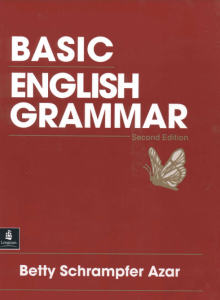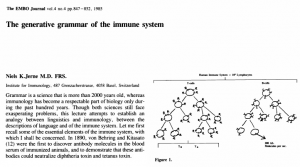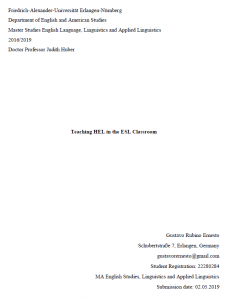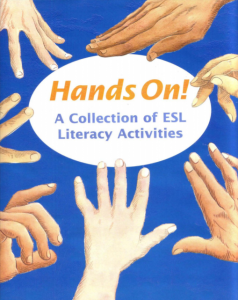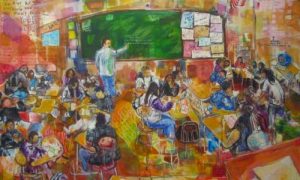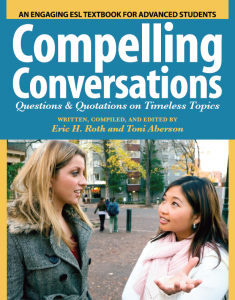PDF #160 – Authentic Task- Based Materials: Bringing the Real World Into the Classroom
Task-Based Materials – One of the most challenging tasks constantly facing language teachers is how to capture the interest and to stimulate the imagination of their students so that they will be more motivated to learn.
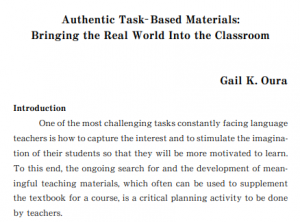
To this end, the ongoing search for and the development of meaningful teaching materials, which often can be used to supplement the textbook for a course, is a critical planning activity to be done by teachers.
This paper reviews two major aspects of teaching materials, which, as many language researchers believe, may contribute to the overall effectiveness of the learning process because the learner sees the activity as relevant to his or her learning needs.
Are the materials derived from authentic sources, reflecting real- world language? Are the materials task-based, involving the learner in the practical
use of the language? Following this discussion, some examples of a classroom activities in which students can use authentic task- based materials to enhance their language learning are presented.
There currently is a wide array of teaching materials available to EFL/ ESL teachers to accommodate their various needs and their unique teaching situations. Many of these materials are commercially produced. These can include EFL/ ESL texts, audiotapes with accompanying workbooks, videotapes with student worksheets, and various Computer Assisted Language Learning (CALL) programs. There are materials available for teaching reading, writing, speaking, listening, grammar, vocabulary-building, survival English, cross-cultural communication, pronunciation, business English, TOEFL preparation, and various other content-based English courses.
After reading “Task-Based Materials” you can check important issues for ESL teachers on the section PDFs, and visit my YouTube channel.
